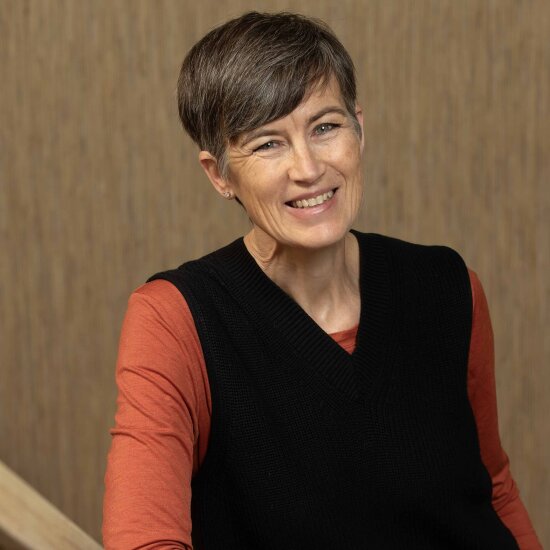A long waiting period is extremely stressful for patients, and in terms of treating malignant tumours, early diagnosis can mean the difference between life and death.
Design-Driven
Wanting to improve the overall experience for the patients, and to create a more effective process, the hospital applied for funding from Design-driven Innovation Programme. The program gives financial support to involve designers in the idea phase of an innovation project and is run by Design and Architecture Norway (DOGA) in collaboration with The Research Council of Norway and Innovation Norway.
View from the patient’s perspective
With the funding, Oslo University Hospital was able to hire Designit to develop a new system that would eventually reduce the waiting time by a ground-breaking 90 %. The project focused on the entire patient journey and included all steps undertaken by breast cancer patients, from discovering the lump to diagnosis, treatment and follow-up.
The designers mapped out the current situation from both the patient and hospital perspectives, organised workshops and interviews with employees from various departments, as well as with patients. The designers identified a number of problems, and their studies revealed a critical insight that was decisive for the ultimate result:
"For a woman, she becomes a patient the moment she discovers a lump in her breast. For the system, a woman only becomes a patient after cancer is diagnosed".
Rethinking routines
As Designit explains, recognising the important role the hospital plays in their patients’ lives, the hospital staff worked with the designers to completely rethink the patient’s path from GP to diagnosis. Using service design methods, they came up with ways to work differently with new routines to reduce the diagnosis period. After finding that a lack of clarity compounded the stress of waiting, Designit designed materials to help patients understand the next steps of their diagnosis and bring peace of mind.
Internationally acknowledged
The result is a 90 % reduction in time from referral to diagnosis, from 12 weeks to an average of 1 week, and a method that has set new standards in breast cancer diagnosis in the Norwegian health sector.
The project has been internationally acknowledged as a great example of public sector innovation by the OECD, and inspired other areas of the public sector in Norway to test service design as a way to create better and more efficient services, based on their users’ needs.
The project is also included as an example in the textbook This is Service Design Doing (Stickdorn M. et al, 2018).
- Design: Designit
- Client: Oslo University Hospital

